Treatment for mild rosacea. Effective Treatment and Management Strategies for Mild Rosacea: Expert Tips and Insights
How can mild rosacea be effectively treated. What are the main symptoms and causes of rosacea. Which skin care tips do dermatologists recommend for rosacea patients. How can rosacea flare-ups be prevented and managed.
Understanding Rosacea: Symptoms, Causes, and Diagnosis
Rosacea is a chronic skin condition that primarily affects the face, causing redness, visible blood vessels, and sometimes small, red, pus-filled bumps. While the exact cause of rosacea remains unknown, several factors are believed to contribute to its development and exacerbation.
Common Symptoms of Rosacea
- Persistent facial redness
- Visible blood vessels (telangiectasia)
- Swollen, red bumps (papules and pustules)
- Burning or stinging sensations
- Dry, rough, or scaly skin
- Enlarged nose (rhinophyma, in severe cases)
- Eye irritation (ocular rosacea)
Are certain individuals more prone to developing rosacea? Research suggests that fair-skinned individuals, particularly those of Northern European descent, are at higher risk. Women are also more commonly affected, although men often experience more severe symptoms when they do develop rosacea.

Potential Causes and Triggers
While the exact cause of rosacea remains elusive, several factors have been identified as potential contributors:
- Genetic predisposition
- Abnormalities in facial blood vessels
- Microscopic skin mites (Demodex folliculorum)
- Helicobacter pylori bacteria
- Immune system dysfunction
Can certain factors trigger rosacea flare-ups? Indeed, many individuals with rosacea report specific triggers that exacerbate their symptoms:
- Exposure to sunlight and heat
- Stress and anxiety
- Spicy foods and hot beverages
- Alcohol consumption
- Certain skincare products
- Extreme temperatures
- Intense exercise
Effective Treatment Options for Mild Rosacea
Managing mild rosacea often involves a combination of medical treatments and lifestyle modifications. The goal is to reduce symptoms, prevent flare-ups, and improve overall skin health.
Topical Medications
Do topical treatments play a significant role in managing mild rosacea? Absolutely. Dermatologists often prescribe various topical medications as first-line treatments:

- Metronidazole: An antibiotic that reduces inflammation and redness
- Azelaic acid: Helps reduce inflammation and has antimicrobial properties
- Ivermectin: Targets Demodex mites and reduces inflammation
- Brimonidine: A gel that constricts blood vessels to reduce redness
- Oxymetazoline: Another vasoconstrictor that helps minimize facial flushing
How long does it typically take to see results from topical treatments? While individual responses may vary, most patients notice improvements within 4-8 weeks of consistent use. It’s crucial to follow the prescribed regimen and be patient, as rosacea management is often a long-term process.
Oral Medications
In some cases of mild rosacea, oral medications may be prescribed alongside topical treatments:
- Low-dose oral antibiotics (e.g., doxycycline): Help reduce inflammation
- Isotretinoin: Reserved for severe cases or those resistant to other treatments
Is it safe to use oral medications for extended periods? While oral antibiotics can be effective, long-term use may lead to antibiotic resistance. Therefore, dermatologists often prescribe them for short durations or at sub-antimicrobial doses to minimize risks.

Dermatologist-Recommended Skin Care Tips for Rosacea Patients
Proper skin care is crucial for managing rosacea and minimizing flare-ups. Here are six essential tips dermatologists often share with their patients:
- Cleanse gently: Use a mild, non-abrasive cleanser and lukewarm water
- Moisturize daily: Choose fragrance-free, non-comedogenic moisturizers
- Protect from sun: Apply broad-spectrum sunscreen with at least SPF 30 daily
- Avoid irritants: Identify and eliminate products that trigger flare-ups
- Be mindful of makeup: Use mineral-based or rosacea-friendly cosmetics
- Cool down carefully: Use cool compresses to soothe inflamed skin
Why is gentle cleansing so important for rosacea-prone skin? Harsh cleansers and hot water can strip the skin of its natural oils and exacerbate inflammation. By using a gentle, pH-balanced cleanser and lukewarm water, you can maintain your skin’s protective barrier while effectively removing impurities.
Lifestyle Modifications to Manage Rosacea
Beyond medical treatments and skincare routines, certain lifestyle changes can significantly impact rosacea management:

Dietary Considerations
- Avoid spicy foods and hot beverages
- Limit alcohol consumption, especially red wine
- Incorporate anti-inflammatory foods (e.g., omega-3 rich fish, leafy greens)
- Stay hydrated with water and herbal teas
Stress Management
Can reducing stress help manage rosacea symptoms? Indeed, stress is a common trigger for rosacea flare-ups. Implementing stress-reduction techniques can be beneficial:
- Practice mindfulness meditation
- Engage in regular exercise (while being mindful of overheating)
- Ensure adequate sleep
- Consider cognitive-behavioral therapy
Environmental Adjustments
How can you modify your environment to minimize rosacea triggers?
- Use a humidifier in dry climates
- Protect your face from extreme temperatures
- Wear wide-brimmed hats and seek shade when outdoors
- Avoid hot showers and saunas
Advanced Treatments for Persistent Rosacea
While mild rosacea often responds well to topical treatments and lifestyle modifications, some cases may require more advanced interventions:

Light-Based Therapies
- Intense Pulsed Light (IPL): Targets visible blood vessels and reduces redness
- Pulsed Dye Laser (PDL): Effectively treats persistent facial redness and visible vessels
- LED Light Therapy: May help reduce inflammation and promote healing
How do light-based therapies work for rosacea? These treatments use specific wavelengths of light to target blood vessels and reduce inflammation. They can be particularly effective for addressing persistent redness and visible blood vessels that don’t respond to topical treatments alone.
Microneedling
Can microneedling benefit rosacea-prone skin? When performed by a skilled professional, microneedling may help improve skin texture and reduce the appearance of scars associated with rosacea. However, it’s crucial to approach this treatment cautiously, as it may exacerbate symptoms in some individuals.
The Role of Skin Barrier Repair in Rosacea Management
A compromised skin barrier is often associated with rosacea, leading to increased sensitivity and inflammation. Focusing on barrier repair can significantly improve symptoms and overall skin health.
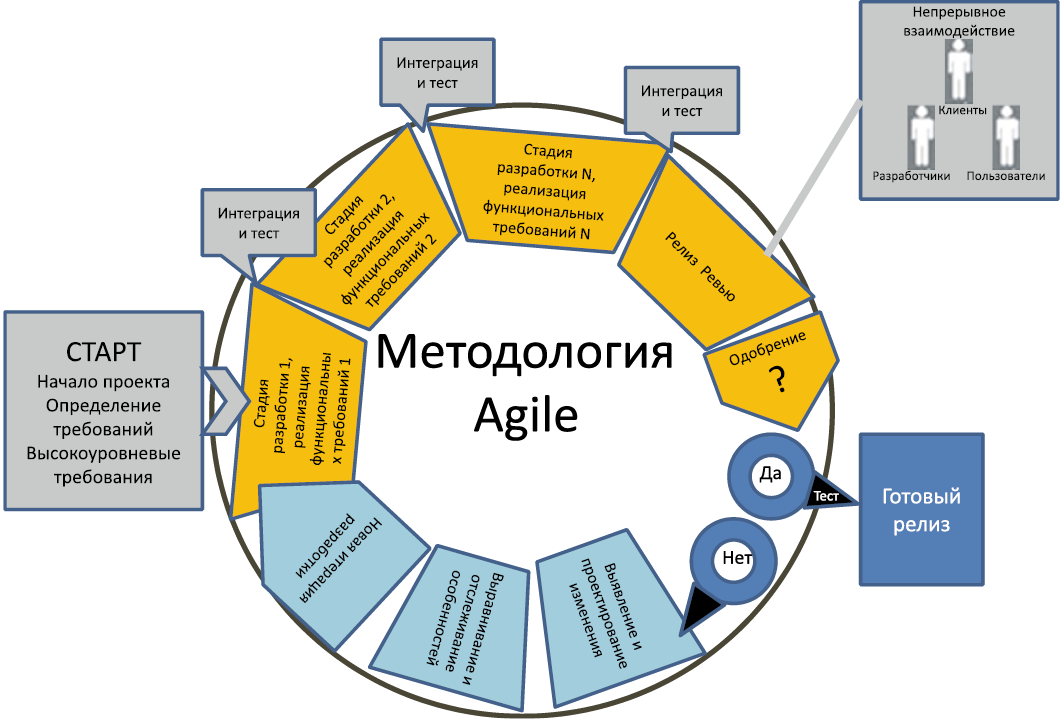
Key Components for Barrier Repair
- Ceramides: Help retain moisture and protect against irritants
- Niacinamide: Improves barrier function and reduces inflammation
- Hyaluronic acid: Hydrates and plumps the skin
- Peptides: Support collagen production and skin repair
Why is barrier repair crucial for rosacea management? A healthy skin barrier acts as a protective shield against environmental stressors and potential irritants. By strengthening this barrier, you can reduce skin sensitivity and minimize rosacea flare-ups.
Choosing the Right Products
When selecting skincare products for barrier repair, look for:
- Fragrance-free formulations
- Non-comedogenic ingredients
- Products specifically designed for sensitive or rosacea-prone skin
- Minimal ingredient lists to reduce the risk of irritation
Emerging Research and Future Treatments for Rosacea
The field of rosacea research is continually evolving, with new insights into its pathophysiology and potential treatments emerging regularly.
Microbiome-Based Approaches
How might understanding the skin microbiome lead to new rosacea treatments? Recent studies have highlighted the role of skin microorganisms in rosacea development and progression. This has led to interest in microbiome-based therapies, such as:
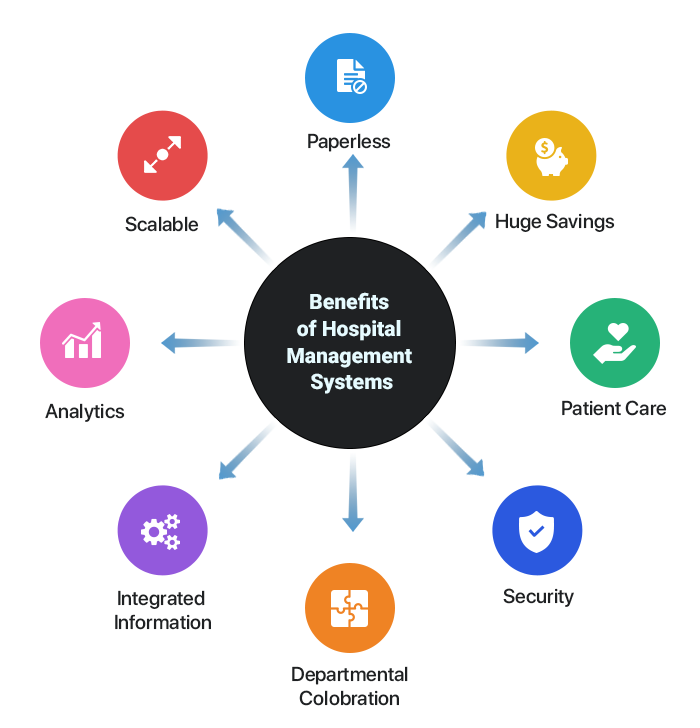
- Probiotics and prebiotics for topical use
- Targeted antimicrobial treatments
- Microbiome transplantation techniques
Anti-Inflammatory Pathways
Researchers are investigating novel anti-inflammatory compounds that may offer more targeted relief for rosacea symptoms:
- Interleukin inhibitors
- Specialized pro-resolving mediators (SPMs)
- Neurokinin-1 receptor antagonists
Gene Therapy and Personalized Medicine
Could genetic research lead to more personalized rosacea treatments? As our understanding of the genetic factors contributing to rosacea improves, there’s potential for developing targeted therapies based on an individual’s genetic profile. This personalized approach could revolutionize rosacea management in the future.
Living with Rosacea: Practical Tips for Daily Life
Managing rosacea extends beyond medical treatments and skincare routines. Implementing practical strategies in your daily life can significantly improve your quality of life and help you feel more confident.
Makeup Techniques for Rosacea-Prone Skin
How can you effectively conceal rosacea symptoms without exacerbating the condition?
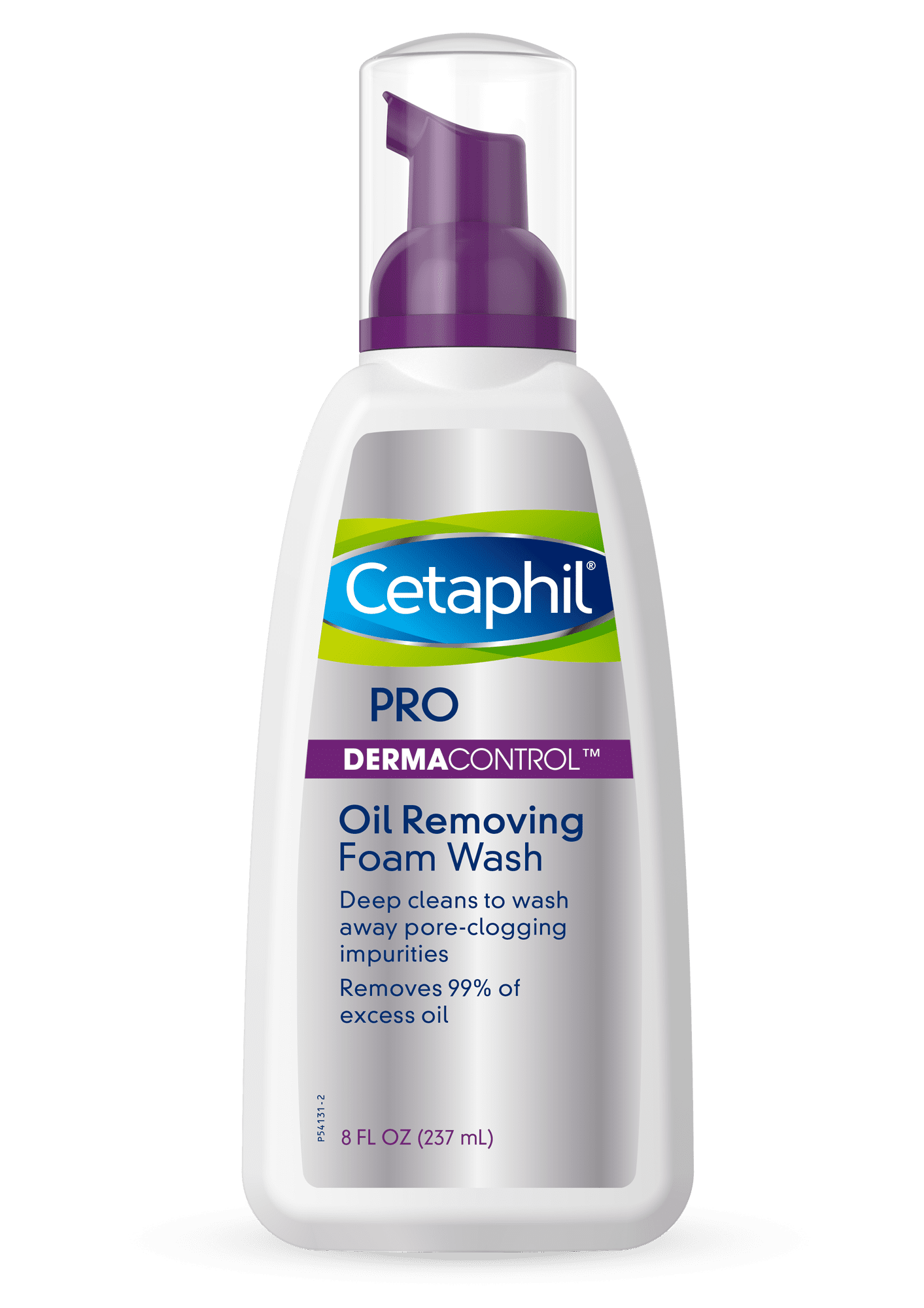
- Use a green-tinted primer to neutralize redness
- Choose mineral-based foundations and concealers
- Apply makeup with clean, soft brushes or sponges
- Set makeup with a light, translucent powder
- Remove makeup gently with a non-irritating cleanser
Wardrobe Considerations
Can your clothing choices impact rosacea symptoms? Absolutely. Consider the following tips:
- Opt for breathable, natural fabrics like cotton
- Choose loose-fitting clothes to minimize friction
- Wear scarves or high-collared shirts in cold weather to protect your face
- Select hats with wide brims for sun protection
Social and Emotional Support
Living with a visible skin condition can be emotionally challenging. How can you address the psychological impact of rosacea?
- Join support groups or online communities for rosacea patients
- Educate friends and family about your condition
- Consider counseling if rosacea significantly affects your self-esteem
- Practice self-compassion and focus on your overall well-being
By implementing these practical tips and seeking support when needed, you can effectively manage your rosacea while maintaining a high quality of life. Remember, everyone’s experience with rosacea is unique, so it’s essential to work closely with your dermatologist to develop a personalized management plan that addresses your specific needs and concerns.

6 rosacea skin care tips dermatologists give their patients
Diseases & conditions
-
Coronavirus Resource Center
-
Acne
-
Eczema
-
Hair loss
-
Psoriasis
-
Rosacea
-
Skin cancer
-
A to Z diseases
-
A to Z videos
- DIY acne treatment
- How dermatologists treat
- Skin care: Acne-prone skin
- Causes
- Is it really acne?
- Types & treatments
- Childhood eczema
- Adult eczema
- Insider secrets
- Types of hair loss
- Treatment for hair loss
- Causes of hair loss
- Hair care matters
- Insider secrets
- What is psoriasis
- Diagnosis & treatment
- Skin, hair & nail care
- Triggers
- Insider secrets
- What is rosacea
- Treatment
- Skin care & triggers
- Insider secrets
- Types and treatment
- Find skin cancer
- Prevent skin cancer
- Raise awareness
- Español
Featured
How Natalie cleared her adult acne
Natalie tried many acne products without success. Find out how a board-certified dermatologist helped Natalie see clear skin before her wedding.
Find out how a board-certified dermatologist helped Natalie see clear skin before her wedding.
JAK inhibitors: A newer type of medication
JAK inhibitors are helping patients with alopecia areata, eczema/atopic dermatitis, psoriasis, and vitiligo. Here’s what you need to know.
Everyday care
-
Skin care basics
-
Skin care secrets
-
Injured skin
-
Itchy skin
-
Sun protection
-
Hair & scalp care
-
Nail care secrets
- Basic skin care
- Dry, oily skin
- Hair removal
- Tattoos and piercings
- Anti-aging skin care
- For your face
- For your skin routine
- Preventing skin problems
- Bites & stings
- Burns, cuts, & other wounds
- Itch relief
- Poison ivy, oak & sumac
- Rashes
- Shade, clothing, and sunscreen
- Sun damage and your skin
- Aprenda a proteger su piel del sol
- Your hair
- Your scalp
- Nail care basics
- Manicures & pedicures
Featured
Practice Safe Sun
Everyone’s at risk for skin cancer. These dermatologists’ tips tell you how to protect your skin.
These dermatologists’ tips tell you how to protect your skin.
Relieve uncontrollably itchy skin
Find out what may be causing the itch and what can bring relief.
Darker Skin Tones
-
Skin care secrets
-
Hair care
-
Hair loss
-
Diseases & Conditions
- Acne
- Dark spots
- Dry skin
- Light spots
- Razor bumps
- Caring for Black hair
- Scalp psoriasis
- Weaves & extensions
- Central centrifugal cicatricial alopecia
- Frontal fibrosing alopecia
- Hairstyles that pull can cause hair loss
- Acanthosis nigricans
- Acne keloidalis nuchae
- Hidradenitis suppurativa
- Keloid scars
- Lupus and your skin
- Sarcoidosis and your skin
- Skin cancer
- Vitiligo
- More diseases & conditions
Featured
Fade dark spots
Find out why dark spots appear and what can fade them.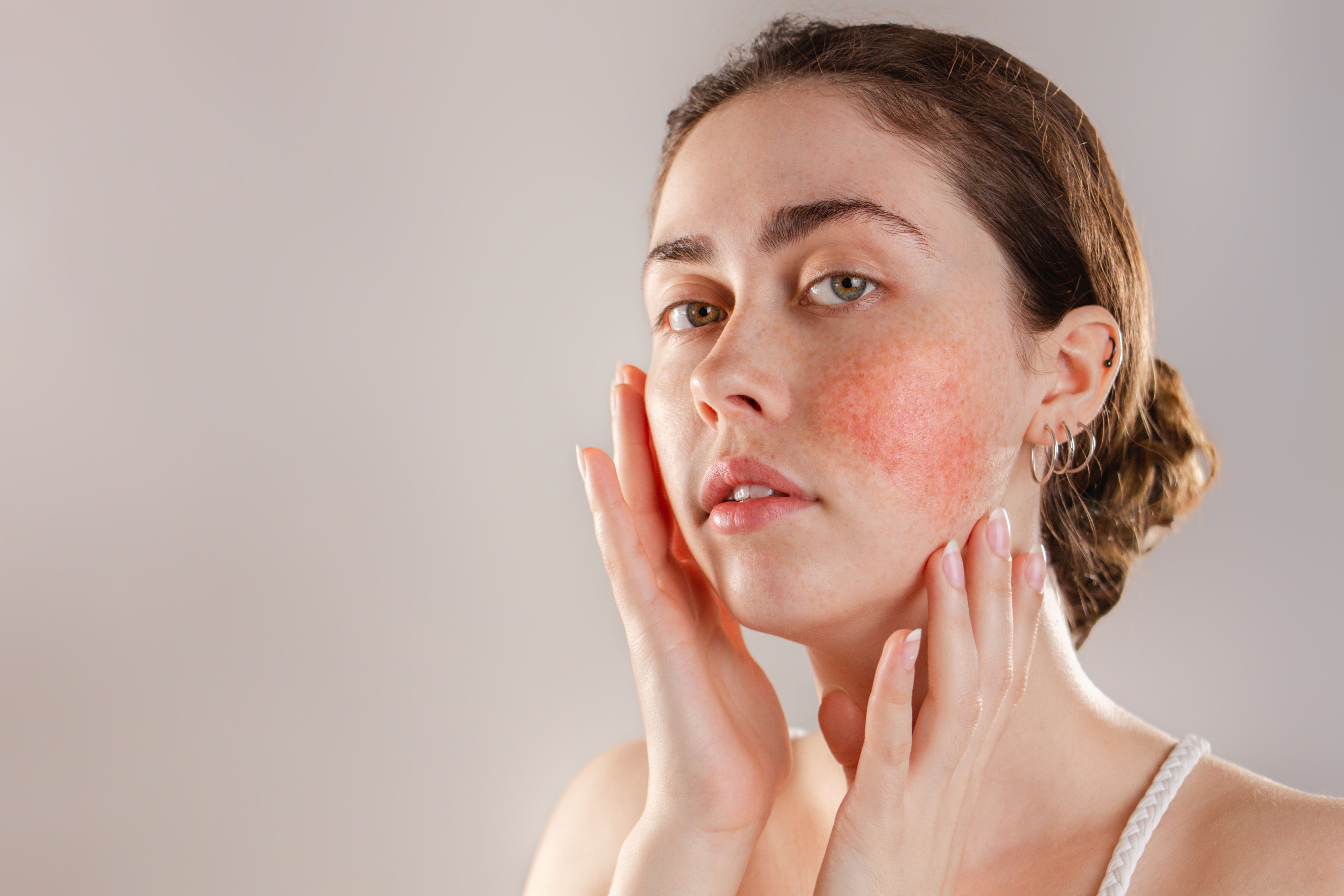
Untreatable razor bumps or acne?
If you have what feels like razor bumps or acne on the back of your neck or scalp, you may have acne keloidalis nuchae. Find out what can help.
Cosmetic treatments
-
Your safety
-
Age spots & dark marks
-
Cellulite & fat removal
-
Hair removal
-
Scars & stretch marks
-
Wrinkles
-
Younger-looking skin
Featured
Laser hair removal
You can expect permanent results in all but one area.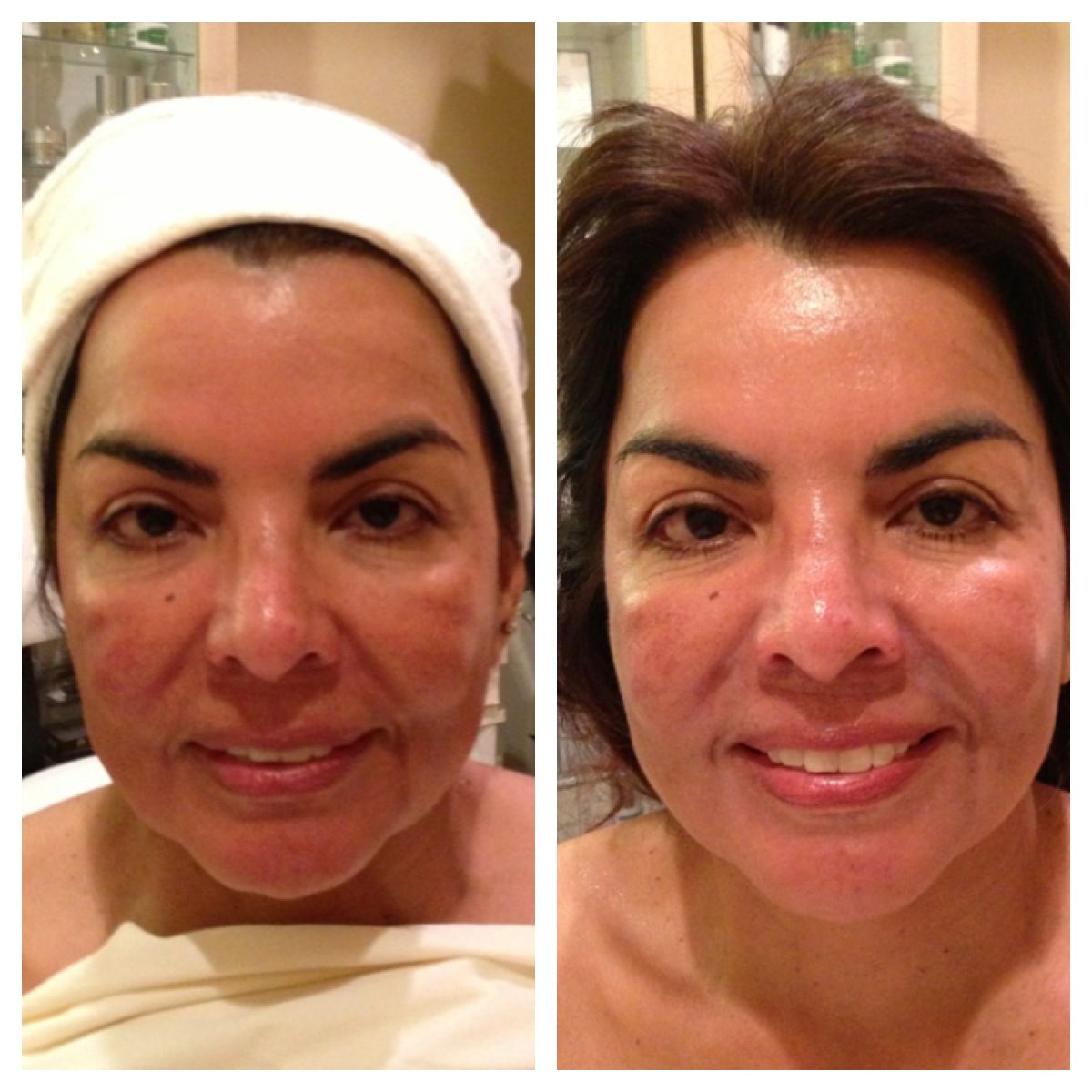 Do you know which one?
Do you know which one?
Scar treatment
If you want to diminish a noticeable scar, know these 10 things before having laser treatment.
Botox
It can smooth out deep wrinkles and lines, but the results aren’t permanent. Here’s how long botox tends to last.
Public health programs
-
Skin cancer awareness
-
Free skin cancer screenings
-
Kids’ camp
-
Good Skin Knowledge
-
Shade Structure grants
-
Skin Cancer, Take a Hike!™
-
Awareness campaigns
-
Flyers & posters
-
Get involved
- Lesson plans and activities
- Community grants
Featured
Free materials to help raise skin cancer awareness
Use these professionally produced online infographics, posters, and videos to help others find and prevent skin cancer.
Dermatologist-approved lesson plans, activities you can use
Free to everyone, these materials teach young people about common skin conditions, which can prevent misunderstanding and bullying.
Find a dermatologist
-
Find a dermatologist
-
What is a dermatologist?
-
FAAD: What it means
-
How to select a dermatologist
-
Telemedicine appointments
-
Prior authorization
-
Dermatologists team up to improve patient care
Featured
Find a Dermatologist
You can search by location, condition, and procedure to find the dermatologist that’s right for you.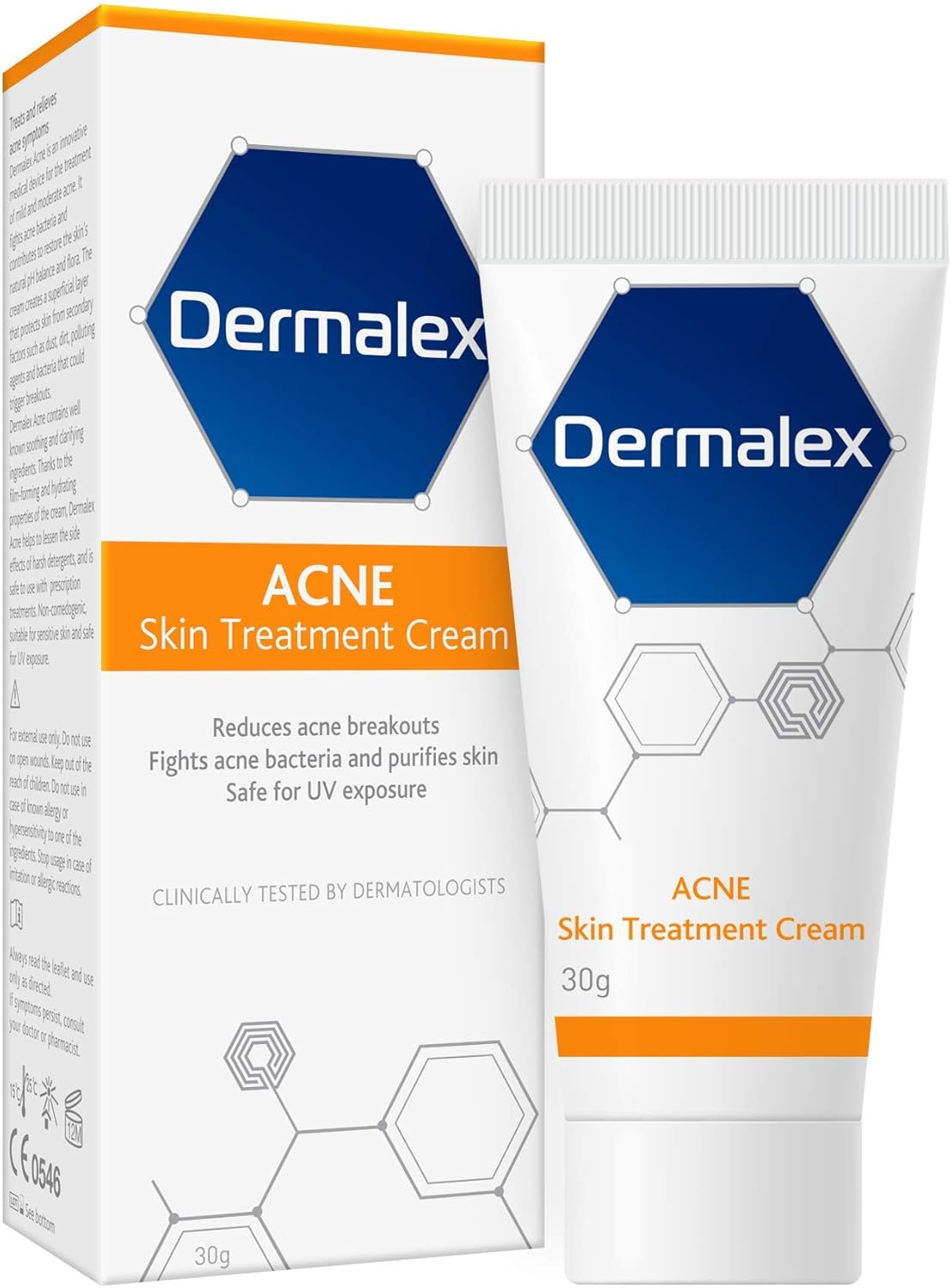
What is a dermatologist?
A dermatologist is a medical doctor who specializes in treating the skin, hair, and nails. Dermatologists care for people of all ages.
Triggers could be causing your rosacea flare-ups
Diseases & conditions
-
Coronavirus Resource Center
-
Acne
-
Eczema
-
Hair loss
-
Psoriasis
-
Rosacea
-
Skin cancer
-
A to Z diseases
-
A to Z videos
- DIY acne treatment
- How dermatologists treat
- Skin care: Acne-prone skin
- Causes
- Is it really acne?
- Types & treatments
- Childhood eczema
- Adult eczema
- Insider secrets
- Types of hair loss
- Treatment for hair loss
- Causes of hair loss
- Hair care matters
- Insider secrets
- What is psoriasis
- Diagnosis & treatment
- Skin, hair & nail care
- Triggers
- Insider secrets
- What is rosacea
- Treatment
- Skin care & triggers
- Insider secrets
- Types and treatment
- Find skin cancer
- Prevent skin cancer
- Raise awareness
- Español
Featured
How Natalie cleared her adult acne
Natalie tried many acne products without success. Find out how a board-certified dermatologist helped Natalie see clear skin before her wedding.
Find out how a board-certified dermatologist helped Natalie see clear skin before her wedding.
JAK inhibitors: A newer type of medication
JAK inhibitors are helping patients with alopecia areata, eczema/atopic dermatitis, psoriasis, and vitiligo. Here’s what you need to know.
Everyday care
-
Skin care basics
-
Skin care secrets
-
Injured skin
-
Itchy skin
-
Sun protection
-
Hair & scalp care
-
Nail care secrets
- Basic skin care
- Dry, oily skin
- Hair removal
- Tattoos and piercings
- Anti-aging skin care
- For your face
- For your skin routine
- Preventing skin problems
- Bites & stings
- Burns, cuts, & other wounds
- Itch relief
- Poison ivy, oak & sumac
- Rashes
- Shade, clothing, and sunscreen
- Sun damage and your skin
- Aprenda a proteger su piel del sol
- Your hair
- Your scalp
- Nail care basics
- Manicures & pedicures
Featured
Practice Safe Sun
Everyone’s at risk for skin cancer. These dermatologists’ tips tell you how to protect your skin.
These dermatologists’ tips tell you how to protect your skin.
Relieve uncontrollably itchy skin
Find out what may be causing the itch and what can bring relief.
Darker Skin Tones
-
Skin care secrets
-
Hair care
-
Hair loss
-
Diseases & Conditions
- Acne
- Dark spots
- Dry skin
- Light spots
- Razor bumps
- Caring for Black hair
- Scalp psoriasis
- Weaves & extensions
- Central centrifugal cicatricial alopecia
- Frontal fibrosing alopecia
- Hairstyles that pull can cause hair loss
- Acanthosis nigricans
- Acne keloidalis nuchae
- Hidradenitis suppurativa
- Keloid scars
- Lupus and your skin
- Sarcoidosis and your skin
- Skin cancer
- Vitiligo
- More diseases & conditions
Featured
Fade dark spots
Find out why dark spots appear and what can fade them.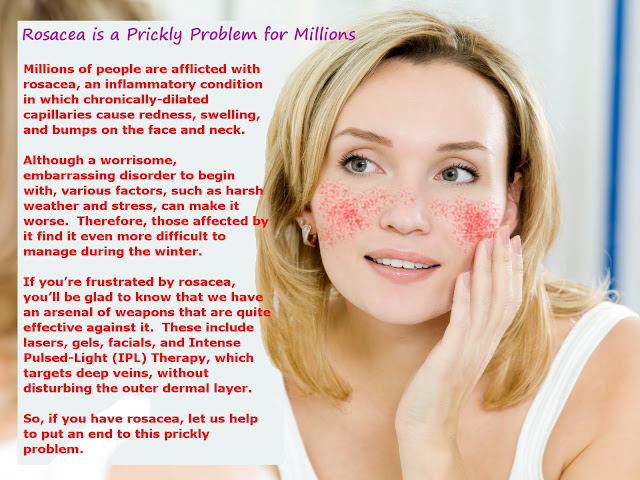
Untreatable razor bumps or acne?
If you have what feels like razor bumps or acne on the back of your neck or scalp, you may have acne keloidalis nuchae. Find out what can help.
Cosmetic treatments
-
Your safety
-
Age spots & dark marks
-
Cellulite & fat removal
-
Hair removal
-
Scars & stretch marks
-
Wrinkles
-
Younger-looking skin
Featured
Laser hair removal
You can expect permanent results in all but one area.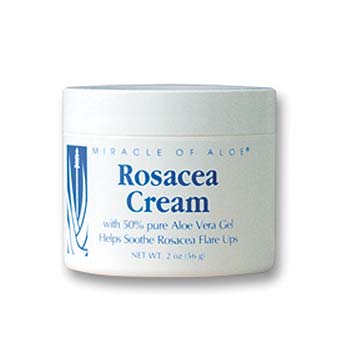 Do you know which one?
Do you know which one?
Scar treatment
If you want to diminish a noticeable scar, know these 10 things before having laser treatment.
Botox
It can smooth out deep wrinkles and lines, but the results aren’t permanent. Here’s how long botox tends to last.
Public health programs
-
Skin cancer awareness
-
Free skin cancer screenings
-
Kids’ camp
-
Good Skin Knowledge
-
Shade Structure grants
-
Skin Cancer, Take a Hike!™
-
Awareness campaigns
-
Flyers & posters
-
Get involved
- Lesson plans and activities
- Community grants
Featured
Free materials to help raise skin cancer awareness
Use these professionally produced online infographics, posters, and videos to help others find and prevent skin cancer.
Dermatologist-approved lesson plans, activities you can use
Free to everyone, these materials teach young people about common skin conditions, which can prevent misunderstanding and bullying.
Find a dermatologist
-
Find a dermatologist
-
What is a dermatologist?
-
FAAD: What it means
-
How to select a dermatologist
-
Telemedicine appointments
-
Prior authorization
-
Dermatologists team up to improve patient care
Featured
Find a Dermatologist
You can search by location, condition, and procedure to find the dermatologist that’s right for you.:max_bytes(150000):strip_icc()/rosacea-symptoms-48017422-5aabdd174fa44290ae39757b6f0c121e.png)
What is a dermatologist?
A dermatologist is a medical doctor who specializes in treating the skin, hair, and nails. Dermatologists care for people of all ages.
Symptoms and Treatments at EMC
Rosacea is a chronic skin condition characterized by reddening of the skin (erythema), telangiectasias (dilation of small blood vessels in the skin), and acne-like papules and pustules. The disease is characterized by an undulating course with alternating periods of exacerbations and remissions. When talking about rosacea, the term “rosacea” is often used.
Localized mainly on the face: in the forehead, nose and chin. Rarely – on the neck, chest, scalp or ears.
Locations of rosacea:
Face: cheeks, nose, zygomatic arches, chin and mouth area, forehead, eyebrows, eye conjunctiva and eyelids
Scalp
Ears
Neckline
Epigastric region (very rare)
Rosacea: more about the disease
Rosacea is a genetic condition of the skin, an individual feature of the structure of blood vessels and their reactivity.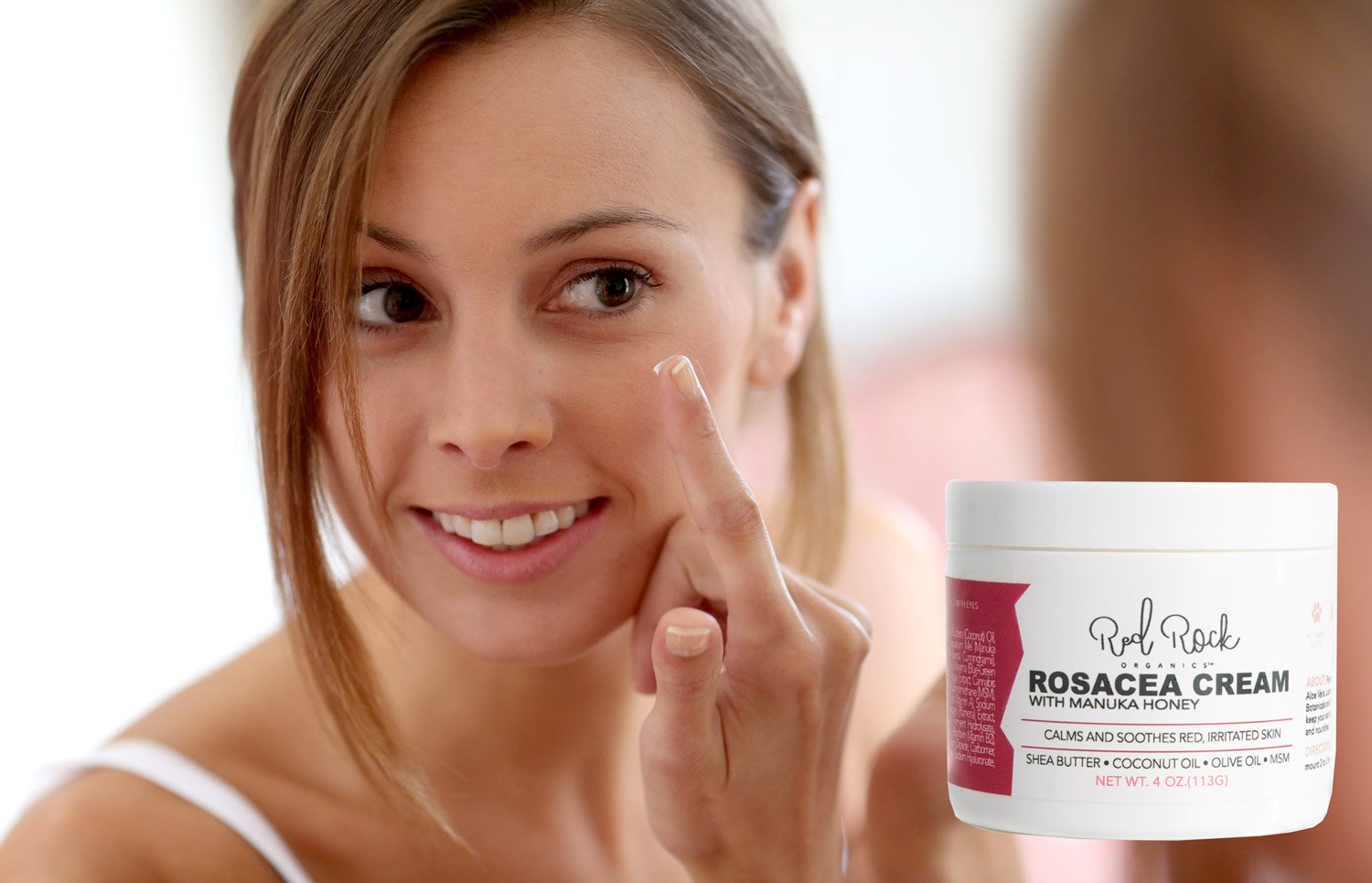 Rosacea in Russia accounts for 5-7% of all dermatoses, but recently the number of such patients has increased.
Rosacea in Russia accounts for 5-7% of all dermatoses, but recently the number of such patients has increased.
Often the patient does not even suspect that he has a disease, because the symptoms are similar to rashes. The difficulty in this case lies in the fact that acne and rosacea can exist in one person at the same time. The only thing is that acne is more common at a younger age, and rosacea is more common in people aged 30 to 50 years. Acne goes away with age, but rosacea cannot be “outgrown”.
Rosacea affects men and women equally. In men, it is less common, but occurs in a more severe form. The disease is rare in children.
Causes of rosacea
The exact causes of rosacea have not yet been established. One of the main versions is that the disease is genetically determined and occurs as a result of a change in the tone of superficially located small vessels (arterioles).
Factors that influence the occurrence of exacerbations of rosacea:
External factors:
abuse of spicy food, spices
drinking hot drinks (60˚ and above)
chemical peels
use of drugs with corticosteroids (steroid rosacea)
aggressive cosmetics
taking certain medications
excessive sun exposure, UV exposure
strong wind
exposure to high and low temperatures
alcohol abuse
Internal factors:
diseases of the gastrointestinal tract (chronic, gastritis, chronic colitis, chronic cholecystopancreatitis)
endocrinological pathologies
Immune system disorders
Fitzpatrick photosensitivity 1 and 2
neurovegetative and microcirculatory disorders
functional insufficiency of peripheral blood supply
Most often, rosacea manifests itself in 30-40 years. After 40 years, the manifestation of symptoms in women is often associated with menopause. After 50 years and in childhood, the primary development of the disease is extremely rare.
After 40 years, the manifestation of symptoms in women is often associated with menopause. After 50 years and in childhood, the primary development of the disease is extremely rare.
The genetic factor plays an important role in the development of the disease. Rosacea may be associated with structural features of blood vessels or the functioning of various body systems that affect the formation of this condition. Studies have shown that in 40% of cases the disease is present in the anamnesis of relatives of patients.
Classification of rosacea
Despite the fact that rosacea is a chronic disease with periods of exacerbations and remissions, there are five stages in the development of the pathological process:
Transient erythema of the central part of the face. Brief episodes of redness that come on suddenly and disappear without sequelae.
Persistent (background) erythema and telangiectasia. Develop due to the expansion of the vascular network after numerous cases of transient erythema.

Papular stage. Papules begin to form on the skin.
Pustular stage (pustules appear).
Infiltrative-productive stage. Edema and fibrous-hypertrophic changes in the skin appear.
There are four subtypes of rosacea:
Erythematous telangiectatic rosacea. It is distinguished by the presence of transient erythema, turning into persistent, telangiectasia and swelling.
Papulopustular rosacea. It is characterized by the formation of papules and pustules on the skin.
Phymatous rosacea is characterized by thickening of the skin, the appearance of a characteristic bumpy surface and the appearance of pineal growths in the nose, forehead, chin, auricle, eyelid.
Ophthalmic rosacea. It can occur at any stage of the disease (perhaps even before the onset of skin symptoms) and is characterized by various eye pathologies.
 More often it is blepharitis (inflammation of the eyelids) or conjunctivitis (inflammation of the mucous membrane of the eye). In some cases, meibomitis (inflammation of the meibomian glands located along the edges of the eyelids) and recurrent chalazion join. In difficult cases, keratitis, scleritis and iridocyclitis develop.
More often it is blepharitis (inflammation of the eyelids) or conjunctivitis (inflammation of the mucous membrane of the eye). In some cases, meibomitis (inflammation of the meibomian glands located along the edges of the eyelids) and recurrent chalazion join. In difficult cases, keratitis, scleritis and iridocyclitis develop.
Atypical forms of rosacea
Granulomatous (lupoid). It is characterized by the appearance of dense yellowish papules (granulomas), which, after opening, can leave scars on the skin.
Conglobate. Large nodes appear with signs of the spread of a purulent process and fistulas.
Halogen. It develops as a result of taking iodine and bromine preparations, the symptoms are similar to the conglobate form.
Steroid. It occurs as a result of long-term use of local steroid drugs.
Gram-negative. It can develop as a result of incorrect antibiotic therapy, it is distinguished by the addition of gram-negative microorganisms.

Fulminant. It is characterized by a sudden and rapid development of symptoms, including edema, hyperemia, papulo-pustular formations with purulent discharge.
Symptoms of rosacea
The manifestations of the disease depend on the stage of development of the disease.
Erythematous stage . Areas of hyperemia on the face (forehead, nose, cheeks), rarely on the chest, and telangiectasia appear and may persist for several days. Gradually, the number of attacks of hyperemia and their duration increase. Hyperemia becomes brighter, sometimes acquires a bluish tint. Swelling and peeling appear. The patient feels a burning sensation in the localization of symptoms.
Papular (pustular) stage . In parallel with hyperemia, there are multiple grouped small papules or pustules with thin whitish scales. The main localization is the nose and nasolabial folds, with subsequent spread to the chin and forehead.
 Symptoms persist for several weeks.
Symptoms persist for several weeks.In difficult cases, swelling of the skin may occur , most often in the area between the eyebrows. The patient does not experience discomfort, with the exception of severe itching when the process spreads to the scalp. A rash may appear on the chest or back.
At the papular-nodular stage, increase and merge elements of the rash occur , this process is accompanied by the formation of nodes and plaques. Possible hyperplasia of the sebaceous glands with subsequent fibrosis. The effect of “orange peel” is observed on the skin, tuberosity gradually leads to a change in the shape of the nose, ears, forehead relief.
Classification of atypical forms of rosacea on the face
Granulomatous (lupoid) form: red-brown papules 2-4 mm with clear boundaries, localized in the mouth and eyes. May be single or multiple.
Conglobate form: large nodes up to 2 cm, having a brown or bluish tint.

Fulminant form: sudden appearance of multiple elements: papules, pustules, nodules. Edema and hyperemia with a bluish tinge are characteristic. Preferential localization – forehead, chin, cheeks. It proceeds in a severe form and is difficult to treat.
Lymphoedema: cyanotic erythema and swelling of the middle part of the face associated with the growth of connective tissue as a result of chronic inflammation. Occurs very rarely.
Ophthalmic rosacea: the eyes are involved in the inflammatory process, keratitis, conjunctivitis, blepharitis, chalazion, etc. develop.
Diagnosis of rosacea
Necessary diagnostic methods are determined as a result of an extensive consultation with a dermatologist, history taking, dermatoscopy and visual examination.
The main sign indicating rosacea is a persistent long-term (at least three months) erythema of the central zone of the face, not covering the area of the skin around the eyes.
Diagnostic criteria
Basic:
Additional:
burning and tingling sensation, swelling of the face;
dry skin;
presence of inflammatory plaques;
eye damage;
phymatous growths.
A diagnosis requires at least two criteria.
Additional instrumental and laboratory studies are required to exclude diseases with similar symptoms (various dermatitis, systemic connective tissue diseases, etc.), as well as to clarify the main triggers of the disease. The choice of treatment tactics depends on the information received.
The main diagnostics for rosacea are:
microscopy of skin scrapings
examination of the content of pustules (to rule out secondary bacterial infection)
blood test for markers of systemic connective tissue diseases
dopplerography (allows you to record changes in blood flow velocity)
Differential diagnosis
Rosacea is important to differentiate from other diseases with similar symptoms: acne vulgaris, demodicosis, systemic lupus erythematosus, perioral dermatitis, seborrheic dermatitis, skin sarcoidosis, chronic photodermatosis .
The effectiveness of treatment depends on the accuracy of the diagnosis.
Treatment of rosacea
One of the important components of effective treatment of rosacea is proper skin care and competent prevention.
Wash with warm water.
Avoid prolonged exposure to the sun, use creams with an SPF of at least 30.
In cold weather use thick creams for protection.
Refuse baths and saunas.
Avoid prolonged and intense physical activity.
Do not use creams with hormonal components, especially in the treatment of steroid rosacea.
Cosmetics must not contain vasodilators, alcohols, heavy oils.
Diet is also important to ensure the success of therapy. It is recommended to exclude spicy, salty and smoked foods from the diet, do not drink alcohol, coffee and strong tea. It is recommended to introduce more vegetables and fruits, lactic acid products into the diet. It is important to eat food warm, not hot.
It is important to eat food warm, not hot.
It is necessary to find out the main source of symptoms and to exclude all circumstances that may lead to them. Observe causal relationships during exacerbations. By doing this, you will help the doctor to choose a personalized and best treatment for you.
Drug treatment of rosacea
Drug therapy is prescribed taking into account the stage, duration and course of the disease, the severity of symptoms. Antibacterial therapy is prescribed in the case of the infectious nature of the elements of the rash. In severe forms of rosacea, broad-spectrum antibiotics are often prescribed.
To stop the inflammatory process, non-steroidal anti-inflammatory drugs are used, and in the absence of a result, glucocorticosteroids. Drugs that reduce the activity of the sebaceous glands and normalize skin keratinization may be recommended.
Special creams and ointments for rosacea are prescribed for bacterial infections. They should have anti-inflammatory, antimicrobial, decongestant, drying and healing effect.
They should have anti-inflammatory, antimicrobial, decongestant, drying and healing effect.
Antibacterial topical agents often contain metronidazole and are effective against most purulent pathogens, eliminating pustules.
Non-pharmacological treatment:
laser therapy,
IPL (high intensity flash light treatment),
microcurrent therapy,
cryotherapy.
Laser therapy
The principle of laser therapy (phototherapy) is the effect of a laser beam on dilated vessels, as a result, their coagulation occurs and the symptoms go away. Several sessions are required to achieve a lasting result.
Laser therapy is often part of a comprehensive rosacea treatment plan. The action of the laser has an antiseptic and antibacterial effect, which is necessary in the treatment of papulopustular forms of the disease. Laser therapy contributes to the achievement of a more stable and long-term remission.
Cryotherapy is also one of the effective treatments for rosacea. It helps eliminate inflammation and discomfort, restore microcirculation and metabolic processes in the skin.
Rosacea risk groups
Rosacea is a genetically determined disease, if relatives suffer from this disease, the person is at risk.
Sunburners do not use sunscreen
People who frequently take contrast showers prefer hot baths
People who frequently change their cosmetic products choose the wrong daily care
People who travel frequently from hot to cold climates or who are exposed to extreme temperature changes
People who abuse alcohol and tobacco
People with dry skin prone to allergic reactions
People with disorders of the gastrointestinal tract
Rosacea prevention
The main prevention rosacea is, first of all, competent vascular therapy.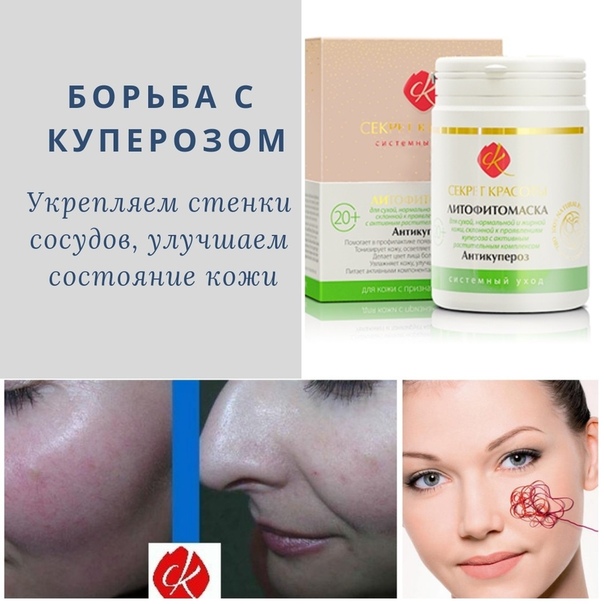
Prevention rosacea also consists in minimizing the impact of disease-causing factors:
minimize outdoor exposure in strong winds and frost, use protective equipment;
avoid visiting the solarium, stay out of direct sunlight during the period of maximum solar activity, apply cosmetics with SPF protection, wear wide-brimmed hats;
refuse to visit baths and saunas;
choose countries with a mild cool climate for holidays;
maintain optimal temperature and humidity in the room;
reduce as much as possible the presence in the diet of spicy, spicy, fatty and fried foods, do not consume hot food and drinks;
avoid alcohol and smoking;
refuse aggressive aesthetic procedures: chemical and mechanical peels, dermabrasion;
provide gentle facial skin care: use mild cleansers without detergents, alcohol and other irritating ingredients, use moisturizers;
If the exacerbations are associated with taking medications, it is necessary to consult a doctor about their replacement.

avoid prolonged exposure to the sun, use creams with an SPF of at least 30.
In cold weather use thick creams for protection.
refuse baths and saunas.
exclude prolonged and intense physical activity.
do not use creams with hormonal components, especially in the treatment of steroid rosacea.
cosmetics must not contain vasodilators, alcohols, heavy oils.
Rosacea responds well to treatment and can be successfully controlled in most cases. Thanks to the professionalism of the attending dermatologist and the observance of all recommendations for treatment and prevention, it is possible to achieve a stable long-term remission.
You can make an appointment with EMC specialists by calling +7 (495) 933 66 55, or by filling out the online form on the website
causes, symptoms, treatment and prevention
Dermatovenereologist (cosmetologist)
Shukhman
Elizaveta Izrailevna
Experience 24 years
Cosmetologist, member of the World Association of Interdisciplinary Anti-Aging Medicine (WOSIAM)
Make an appointment
Rosacea is a chronic dermatological disease (non-infectious) that is currently being actively studied.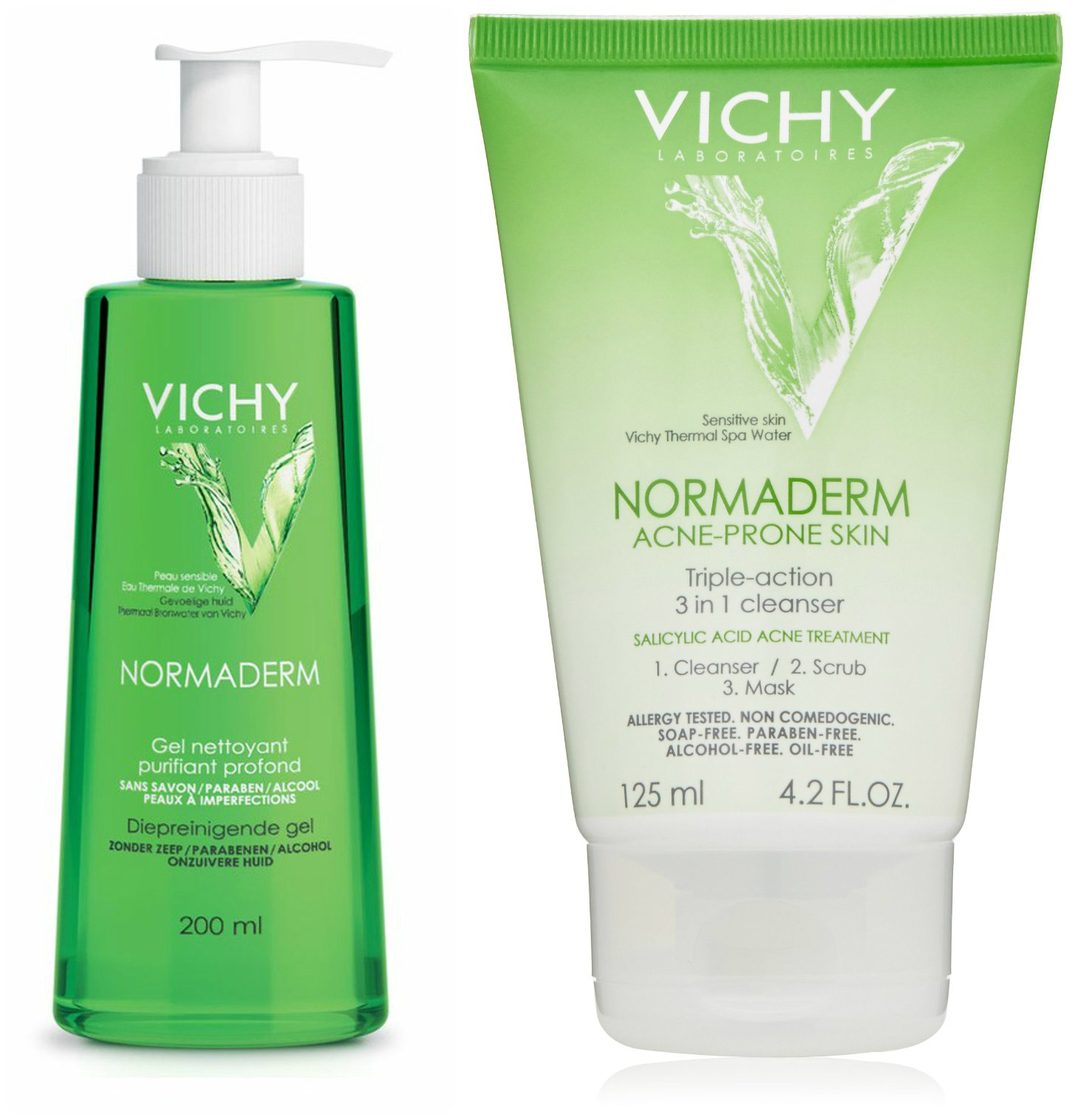 Not everything is clear about the mechanisms of its development, about the causes and effectiveness of treatment.
Not everything is clear about the mechanisms of its development, about the causes and effectiveness of treatment.
Usually people with a pale skin type, with light eyes, suffer from such a disease. The first symptoms of rosacea often appear in middle age. Due to some features of the disease, it is often confused with acne. The fact is that during illness, against the background of general reddening of the skin, small tubercles also appear, over time they can turn into acne, also of a small size. But this is not acne – neither black nor whiteheads are observed with such an ailment.
Usually the disease proceeds with an increase in symptoms, their intensification, but there are often periods of rest when it almost does not manifest itself. Fair-skinned people over the age of 39 are most affected by the disease.up to 55 years, more often – women.
Causes
There is no consensus on what factors cause rosacea. But doctors call such options:
- heredity associated with the fact that the human immunity does not work properly;
- mental state.
 One of the factors is called stress, severe psychological conditions. But now this reason is not proven and is considered as one of the options;
One of the factors is called stress, severe psychological conditions. But now this reason is not proven and is considered as one of the options; - mites of the genus Demodex. Like other theories, this one is not 100% confirmed, but in a number of patients, tick larvae are found during examination;
- diseases of the gastrointestinal tract. On average, 35% of people with rosacea have problems with the small intestine, and another 90% have problems with the stomach (gastritis). But opponents of the theory say that there is no direct relationship with the state of the gastrointestinal tract;
- external factors: nutrition, bad habits, unhealthy lifestyle. And although the influence of these factors is not always confirmed, a diet for rosacea is provided – in order to at least reduce the risks of exacerbations;
- infections of various types. There is a theory about the infectious nature of the disease, but the bacteria or viruses that are “responsible” for it have not yet been found.

All of the listed causes of rosacea are only theoretical – each theory has its supporters and opponents.
Symptoms
The typical symptoms of rosacea are:
- pink rash. The skin underneath is usually red. Initially, pink bumps eventually become acne, pustules with pus;
- maximum facial redness in the T-zone. But the disease is localized not only on the face – it can manifest itself on the chest, back;
- active manifestation of the vascular network – red and cyanotic;
- tearing, dryness, redness of eyes;
- crusting in areas of redness. It looks like thick skin. At the nodal stage, the nose may increase in size.
Features of rosacea differ depending on what form it is.
Types of problem
The types of rosacea are:
- phymatous. Assumes the presence of nodes and plaques. Rashes appear one at a time, and then merge, skin areas increase;
- erythematous-telangiectatic.
 It is characterized by the manifestation on the cheeks of a large number of spider veins, meshes;
It is characterized by the manifestation on the cheeks of a large number of spider veins, meshes; - papulo-pustular. The bumps appearing on the skin, as if covered with small scales. They are located on the folds (nasolabial folds, wings of the nose), and then spread further. Then pustules with fluid form, swelling may occur;
- eye. Assumes serious effects on the eyes. This is not only redness and discomfort, but also the development of conjunctivitis, photophobia, decreased visual acuity and many other symptoms.
Any of these symptoms is a reason to seek help from a dermatologist.
Complications
If you do not turn to specialists and do not receive effective treatment, rosacea disease risks giving the following complications:
- development of abscesses;
- secondary infection. And in this case, serious medical intervention will be required;
- thickening of the skin that cannot be removed with conventional cosmetics;
- serious vision problems;
- psychological problems against the background of a changed appearance.
 In difficult cases, it comes even to depression.
In difficult cases, it comes even to depression.
The more difficult the form, the more important an integrated approach. Often, clinical recommendations for rosacea also include a consultation with a psychologist.
Diagnostics
For diagnosis, an examination is carried out, urine and blood tests are prescribed, bakposev of the contents of acne and scraping of the affected skin. In some cases, the dermatologist will recommend contacting other doctors, undergoing ultrasound and additional examinations of internal organs – this is necessary to exclude many other diseases that can give a skin reaction as one of the symptoms.
Treatment
Since there are always many questions about this disease, the treatment of rosacea is very different and often experimental. This means that some programs are discarded over time due to their ineffectiveness – and the doctor, together with the patient, is looking for the best solution.
Treatment involves an integrated approach and usually includes the following components:
- ointments and creams based on ichthyol, naftalan oil, mash and boric acid.
 Gels based on azelaic acid and other useful components are also used;
Gels based on azelaic acid and other useful components are also used; - external hormonal preparations. Such funds are used only in short courses, and before prescribing them, the doctor must make sure that this is necessary;
- antibiotics of the tetracycline group;
- antihistamines;
- vitamin complexes. Vitamins are especially actively used to strengthen blood vessels in the presence of vascular networks and asterisks;
- physiotherapy treatment. These include electrocoagulation, cryotherapy, laser therapy, special massage options. Everything is selected individually;
- surgical treatment for excision of abscesses and fistulas;
- medicinal herbs, plants. Only after consulting a doctor, the patient can use some decoctions and infusions, for example, based on string, chamomile, calendula, cranberries. Folk remedies always complement the treatment of rosacea, but are not its basis.
Along with treatment, it is important to consider preventive measures.
Prophylaxis
Rosacea prevention includes:
- maintaining a healthy lifestyle;
- giving up bad habits;
- maintaining adequate physical activity;
- elimination of stress factors from life;
- refusal of spicy, spicy, too salty food;
- meticulous protection of the body and face from sun exposure;
- maintenance of general health;
- Refusal to self-medicate in any form.
FAQ
Can I use cosmetics for rosacea?
When there are no serious exacerbations, skin care for rosacea is possible with the help of various cosmetic products, but only for sensitive skin. Decorative cosmetics are also allowed – just choose high-quality brands, do not exceed the expiration dates and store everything correctly.
Rosacea diet: what is it?
Doctors do not recommend eating spicy, spicy, salty, smoked and canned foods for rosacea. It is worth giving up alcohol, carbonated colored drinks, all food that can potentially cause allergies.


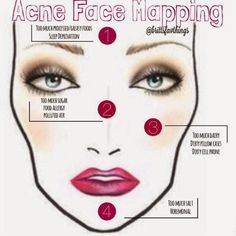 More often it is blepharitis (inflammation of the eyelids) or conjunctivitis (inflammation of the mucous membrane of the eye). In some cases, meibomitis (inflammation of the meibomian glands located along the edges of the eyelids) and recurrent chalazion join. In difficult cases, keratitis, scleritis and iridocyclitis develop.
More often it is blepharitis (inflammation of the eyelids) or conjunctivitis (inflammation of the mucous membrane of the eye). In some cases, meibomitis (inflammation of the meibomian glands located along the edges of the eyelids) and recurrent chalazion join. In difficult cases, keratitis, scleritis and iridocyclitis develop.
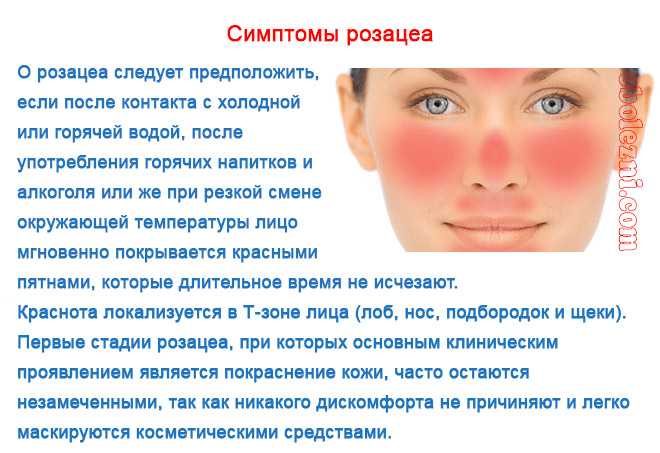 Symptoms persist for several weeks.
Symptoms persist for several weeks.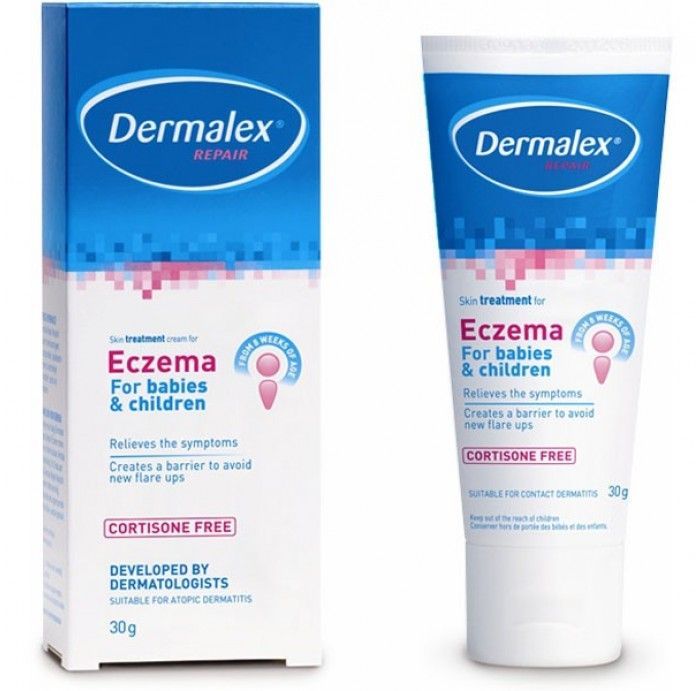

 One of the factors is called stress, severe psychological conditions. But now this reason is not proven and is considered as one of the options;
One of the factors is called stress, severe psychological conditions. But now this reason is not proven and is considered as one of the options;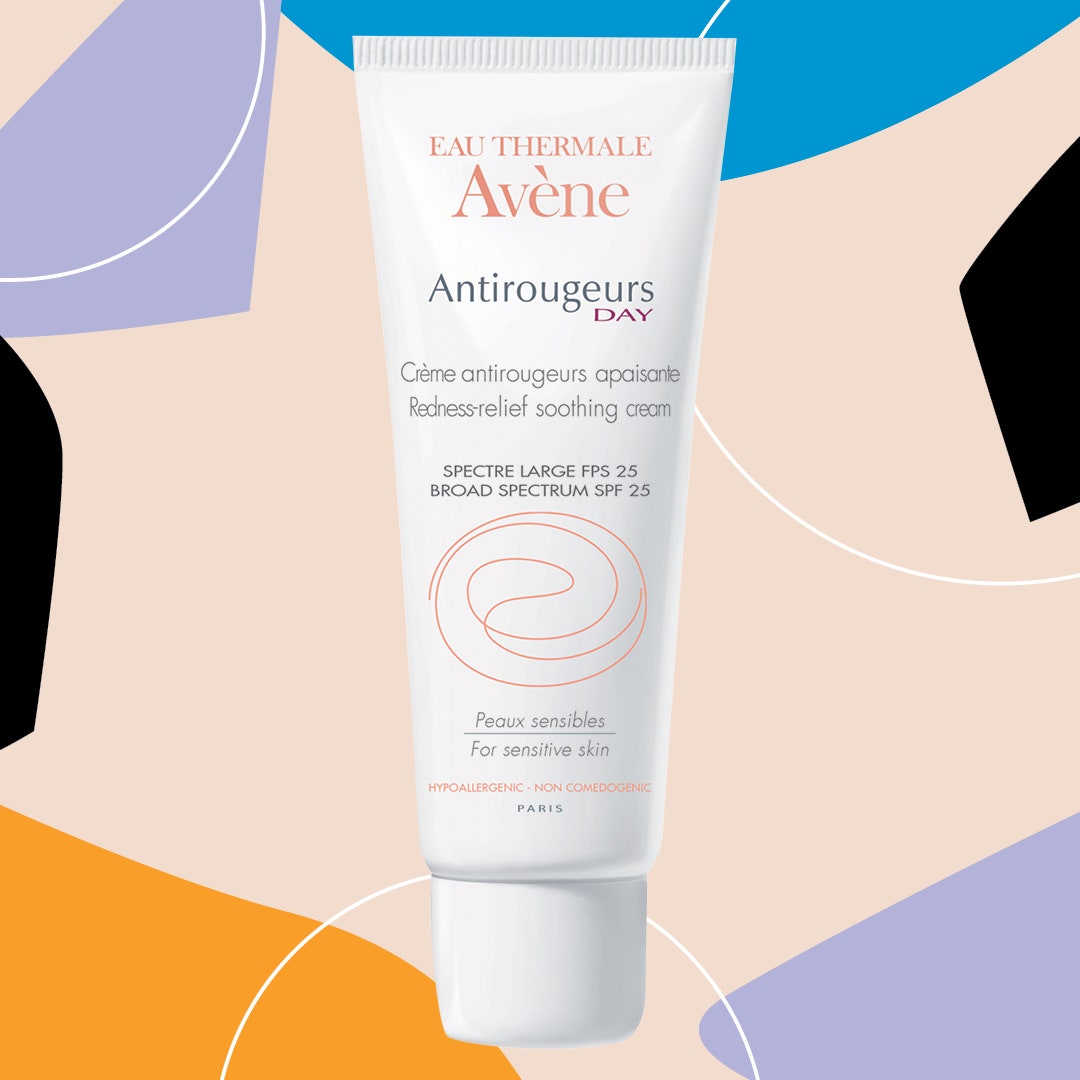
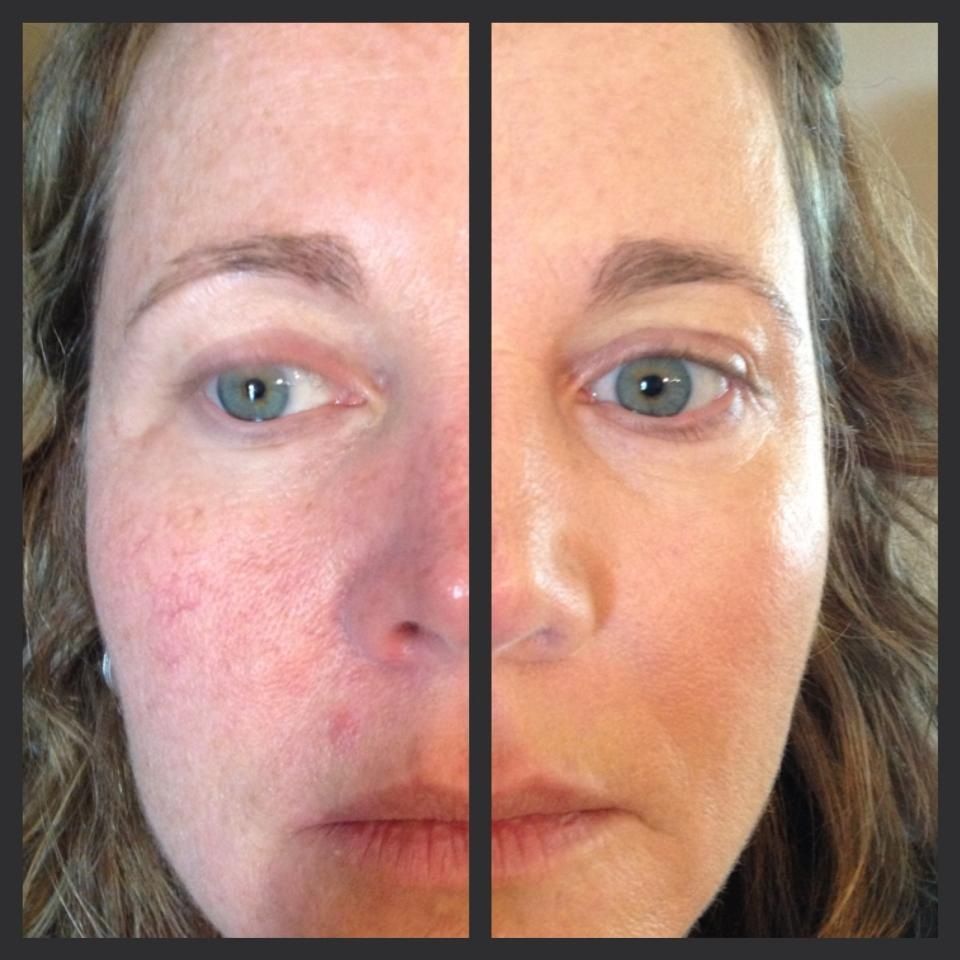 It is characterized by the manifestation on the cheeks of a large number of spider veins, meshes;
It is characterized by the manifestation on the cheeks of a large number of spider veins, meshes;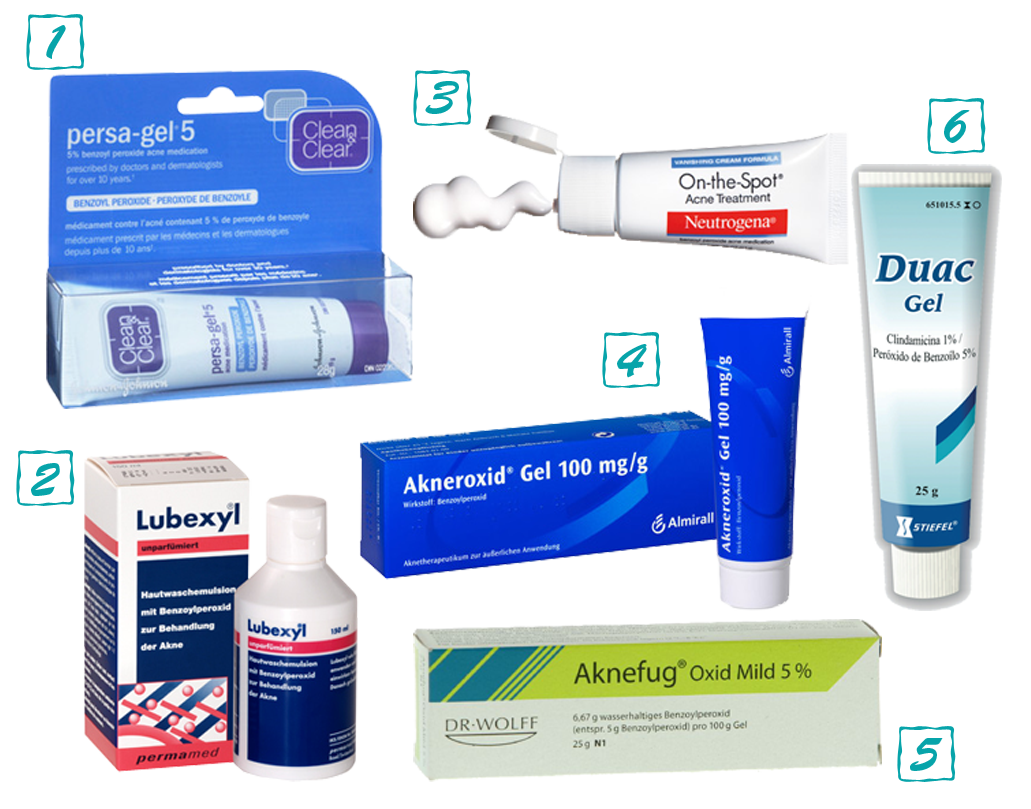 In difficult cases, it comes even to depression.
In difficult cases, it comes even to depression. Gels based on azelaic acid and other useful components are also used;
Gels based on azelaic acid and other useful components are also used;